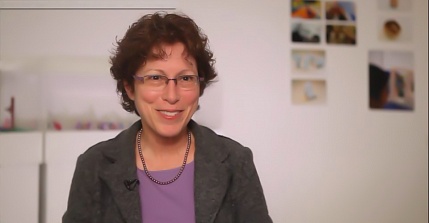
Шимон Эдвардсон
Доктор Шимон Эдвардсон.
Должность: Невролог, педиатр
Языки: Английский, Иврит
Принимает:
детей и взрослых
Доктор Шимон Эдвардсон.
Специализация
Сфера интересов: генетические причины редких наследственных неврологических заболеваний. Доктор Эдвардсон стремится внедрять новые технологии в генетике (такие, как секвенирование нового поколения) в повседневную клиническую практику.
Входил в команду исследователей во главе с проф. Орли Эльпелег, открывшей несколько новых генов, ответственных за редкие наследственные заболевания нервной системы. Сотрудничает с учеными из Германии, Японии, Швеции и США в процессе изучения патофизиологии открытых мутаций.
Профессиональная деятельность
Старший врач отделения нейропедиатрии в клинике "Хадасса" на горе Скопус.
Научные публикации
EIPR1 variants cause a neurodevelopmental disorder with endolysosomal and dense core vesicle defects
Pathogenic Variants in NUP214 Cause "Plugged" Nuclear Pore Channels and Acute Febrile Encephalopathy
Heterozygous De Novo UBTF Gain-of-Function Variant Is Associated with Neurodegeneration in Childhood

